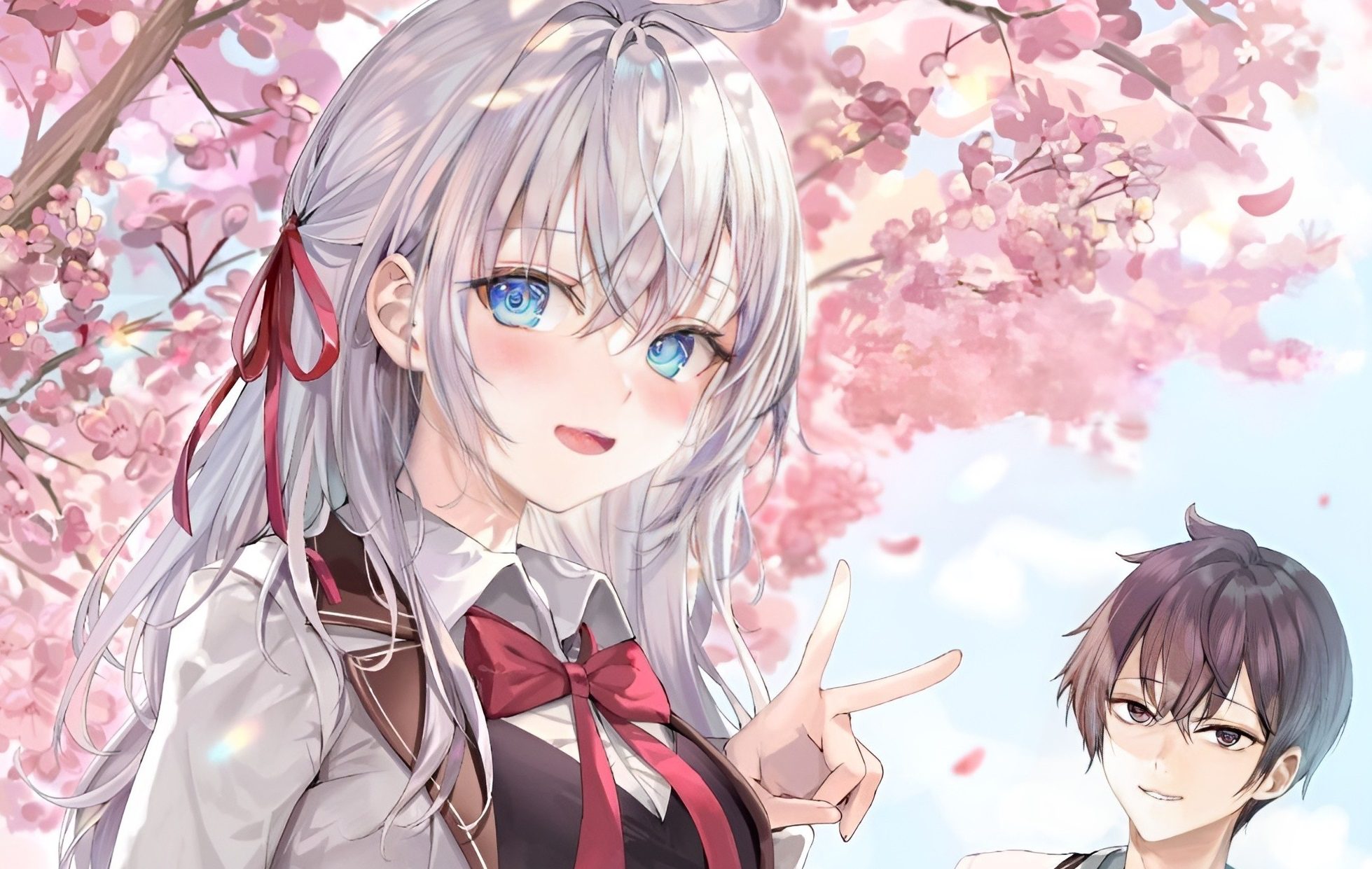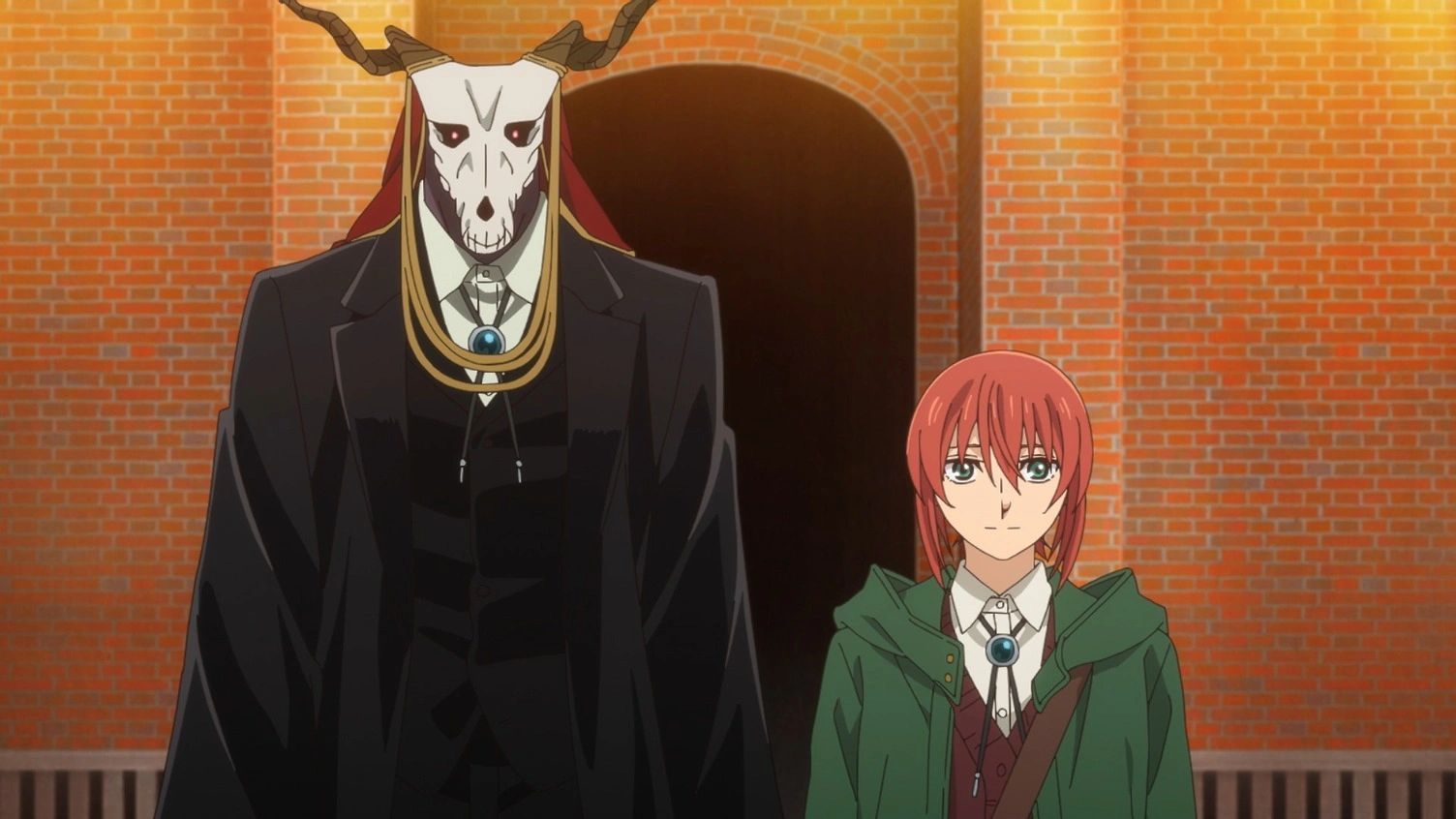Alya Sometimes Hides Her Feelings in Russian Manga – that’s the total tea, fam! This ain’t your average shoujo romance; we’re diving deep into the complex world of a Russian manga character who keeps her emotions locked down tighter than Fort Knox. We’re talking subtle body language, cryptic glances, and a whole lotta unspoken feelings. Get ready to unpack Alya’s emotional baggage and explore the cultural and narrative reasons behind her secrecy.
We’ll break down Alya’s personality, exploring how societal expectations in Russia might shape her behavior. We’ll analyze her relationships – how do they contribute to her emotional repression or, conversely, help her open up? We’ll even examine the author’s clever use of narrative techniques, from internal monologues to symbolism, to reveal Alya’s hidden depths. It’s a rollercoaster of emotions, trust me.
Alya’s Hidden Feelings in Russian Manga: Alya Sometimes Hides Her Feelings In Russian Manga
This article delves into the intriguing character of Alya, a common archetype found in Russian manga, known for her subtle emotional expression and compelling internal struggles. We’ll explore her personality, the cultural context shaping her behavior, the narrative techniques used to reveal her hidden emotions, the impact of her relationships, and the thematic significance of her emotional repression.
Alya’s Character Traits and Emotional Repression
Alya, often portrayed as stoic and reserved, typically exhibits a strong sense of self-reliance and a tendency to internalize her feelings. She might appear aloof or indifferent, masking her true emotional landscape. This emotional repression is often evident through subtle cues rather than overt displays of emotion.
For instance, Alya might clench her fists when experiencing frustration, subtly avert her gaze during moments of vulnerability, or exhibit a slight tremor in her voice when discussing sensitive topics. These visual cues—subtle shifts in posture, fleeting facial expressions—hint at a deeper emotional wellspring she actively keeps concealed.
| Scene | Outward Expression | Internal Feeling | Supporting Evidence |
|---|---|---|---|
| Confronted by a bully | Cold indifference, slight tightening of jaw | Fear, anger, hurt | Averted gaze, clenched fists, subtle increase in breathing rate. |
| Receiving a compliment | Averted gaze, slight blush | Shyness, perhaps happiness | Fidgeting with clothing, mumbled response. |
| Witnessing a friend’s distress | Quiet concern, offering a hand | Empathy, worry | Soft gaze, subtle slowing of movements. |
| Failing a test | Quietly puts away her books, leaves the classroom | Disappointment, self-criticism | Slumped shoulders, downcast eyes. |
Cultural Context of Emotional Repression in Russia, Alya sometimes hides her feelings in russian manga

Alya’s emotional restraint can be partly attributed to cultural norms within Russian society. Traditional Russian culture often emphasizes stoicism, self-control, and a reserved demeanor, particularly among women. Open displays of emotion might be perceived as weakness or a lack of composure.
Societal expectations pressure individuals, especially women, to maintain a composed exterior, suppressing vulnerability and prioritizing strength. This societal pressure contributes significantly to Alya’s reluctance to express her feelings openly. Compared to characters from more emotionally expressive cultures depicted in manga, Alya’s reserved nature stands out sharply. For example, a character from a Latin American manga might openly weep or express anger, whereas Alya would likely internalize these emotions.
A visual representation of these societal pressures might depict Alya surrounded by shadowy figures representing societal expectations, each figure whispering criticisms of emotional vulnerability, while Alya herself appears small and constrained, trying to maintain a composed exterior.
Narrative Techniques Revealing Alya’s Hidden Feelings
The author employs various narrative techniques to subtly reveal Alya’s suppressed emotions without explicitly stating them. Internal monologues provide glimpses into her inner thoughts and feelings, while symbolism and foreshadowing add layers of meaning to her actions.
- Internal monologue revealing her self-doubt and anxieties.
- Recurring imagery of icy landscapes symbolizing her emotional coldness.
- Subtle foreshadowing through recurring dreams hinting at her repressed desires.
- Use of close-ups on Alya’s facial expressions during pivotal scenes, revealing micro-expressions of sadness or anger.
Alya’s Relationships and Emotional Expression
Alya’s relationships significantly impact her ability to express her emotions. Close relationships might encourage her to open up, while others might reinforce her emotional repression. For example, a supportive friend might help her express her feelings, while a critical family member might reinforce her tendency to internalize emotions.
You also can understand valuable knowledge by exploring 7th time loop manga.
The impact of these relationships is evident in Alya’s interactions. With a trusted friend, she might share her vulnerabilities through subtle hints or brief moments of openness. However, with a more distant figure, she might maintain her reserved facade, shielding her true emotions.
Thematic Significance of Alya’s Hidden Feelings

Alya’s emotional repression explores themes of societal pressure, self-reliance, and the complexities of human emotion. The narrative highlights the tension between outward conformity and inner turmoil, a common theme in Russian literature and manga. The author subtly suggests that true strength lies not in suppressing emotions, but in acknowledging and processing them. Alya’s journey, though unspoken, suggests a gradual acceptance of vulnerability as a sign of strength, ultimately leading to a more authentic self-expression.
The overall message conveyed through Alya’s character arc emphasizes the importance of emotional honesty and the potential for growth that comes from confronting one’s inner struggles. Her journey underscores the significance of understanding the cultural context that shapes emotional expression and the need for self-acceptance and genuine connection.
So, yeah, Alya’s story isn’t just about a girl hiding her feelings; it’s a window into Russian culture, the power of unspoken emotions, and the artistry of visual storytelling. We’ve uncovered how societal pressures, complex relationships, and masterful narrative techniques all intertwine to create a truly compelling character. It’s a reminder that sometimes, the most powerful stories are told not in words, but in the silences, the glances, and the subtle shifts in body language.
It leaves you thinking, what’s
-really* going on beneath the surface?



